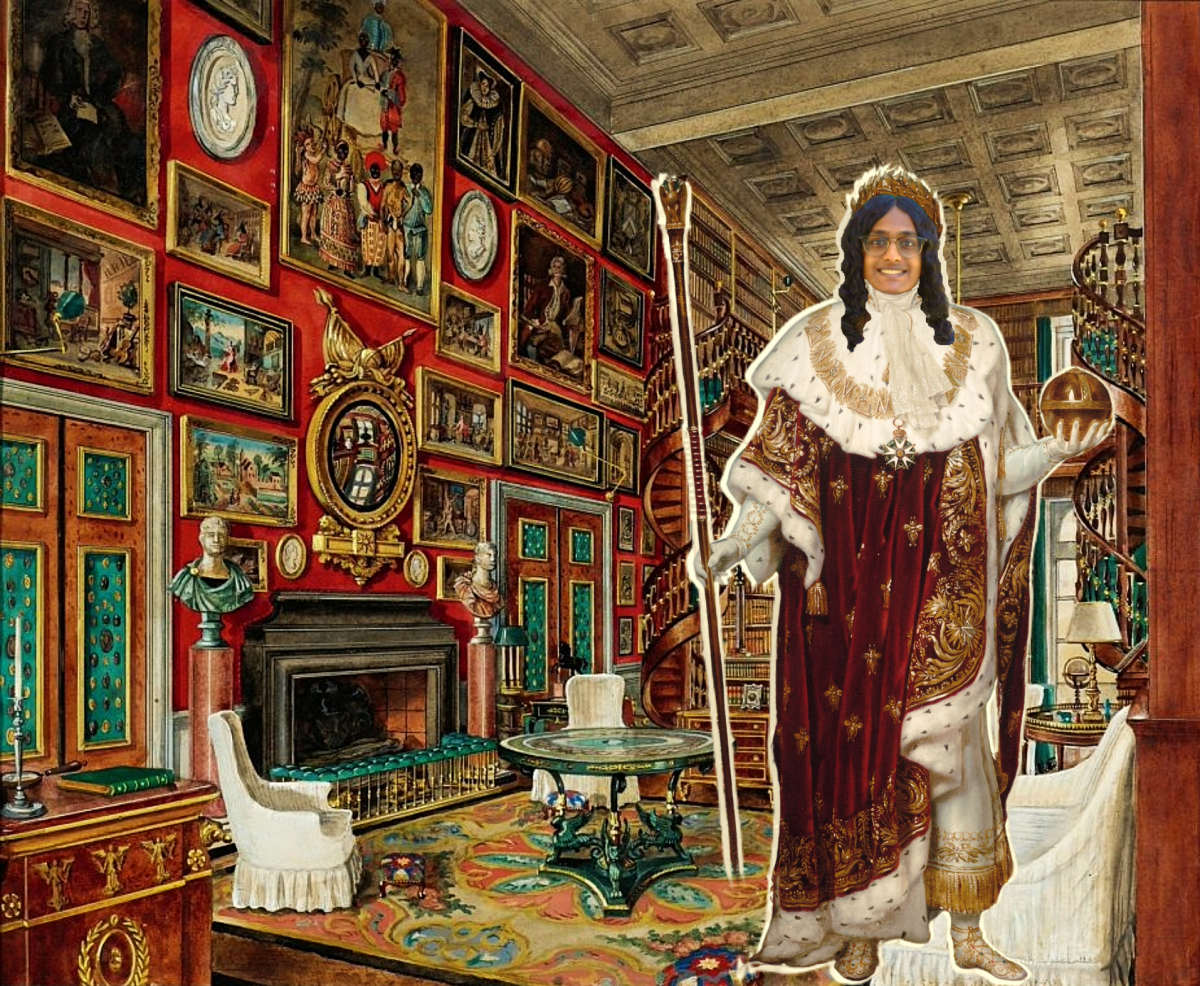In the wise words of centenarian fashion icon Iris Apfel, “More is more, and less is a bore.”
This rule of thumb holds true for pretty much everything when it comes to aesthetic design. Maximalism allows for more artistic and creative self-expression while also allowing for more complex and meaningful stories to be conveyed.
The point of maximalism is to take up space. There are also no rules for what can or can’t be in a maximalist design. Even minimalist decor can be incorporated into the greater whole to add to the maximalist aesthetic.
Maximalism’s ability to release someone from the constraints and expectations of society is also beneficial for the human mind. According to Psychology Today, maximalism “can empower you to break away from the constraints of traditional norms and journey into fresh perspectives and lifestyles…this creative freedom can evoke a sense of liberation and reduce stress.”
I have noticed that as a maximalist I am much less susceptible to regular design overhauls when compared to my minimalist sibling. While minimalism may offer a simple solution to complex design challenges, whenever a person’s personality or interests change their entire space also is subject to change.
However, this isn’t the case with maximalist designs. Whenever I acquire new moods or ‘phases’ in life, I simply add to pre-existing designs to establish a more elaborate and exhaustive maximalist composition. By doing this throughout my lifetime, I am able to stay in space that represents my own past and present as a whole.
This leads me to another reason for the superiority of maximalism: storytelling. Maximalism allows an individual to personalize their rooms. That way, an individual’s design choices can illustrate their life experiences.
Rebecca Jennings, a senior correspondent at Vox, explains this concept pretty well, “To look at a maximalist home is to get a sense of what the inside of a person’s brain might look like — the places they’ve visited, their heritage, the random objects they’ve amassed over a lifetime.”
New additions to a room can be symbolic of new journeys and adventures happening in someone’s life. The same can be said for the history of a person, where cultural objects and heirlooms can be incorporated to tell the story of a person’s ancestry and legacy. As a result, the flexibility offered by maximalism and the level of expression that can be achieved is truly limitless.
Some might say that maximalism is synonymous with being messy and unorganized. To that I would say, one person’s mess can be another person’s life story and as a result, messiness is entirely subjective.
Others might say that things will get dirty just because of the sheer amount of objects that compose a maximalist design. While it is true that more objects mean more things to clean, the level of filth is dependent on the person themselves rather than the maximalist aesthetic as a whole. A lazy person will sport a dustier room than a productive one regardless of aesthetic preference.
Maximalism is the epitome of self-expression and personality when it comes to design aesthetics. The lack of rules and restrictions, allows a person to be themselves by serving as a reflection of their own character, for better or for worse. Most importantly, it gives guests and visitors a window into the life, heritage, and experiences of the designer.
To those who are still skeptical, I point to the idea that maximalism is an ever-growing canvas, meaning it is never complete and can always be added onto. This can translate directly to the design of our own school. Irvington is a melting pot of people from different backgrounds and cultures. New murals and artworks representing this diversity of people and ideas are added to the halls of Irvington every year. This ever-growing expression of self is a perfect example of what maximalism can be.
If we abandon this complex design style for minimalism, by definition there is nothing to gain and everything to lose.













